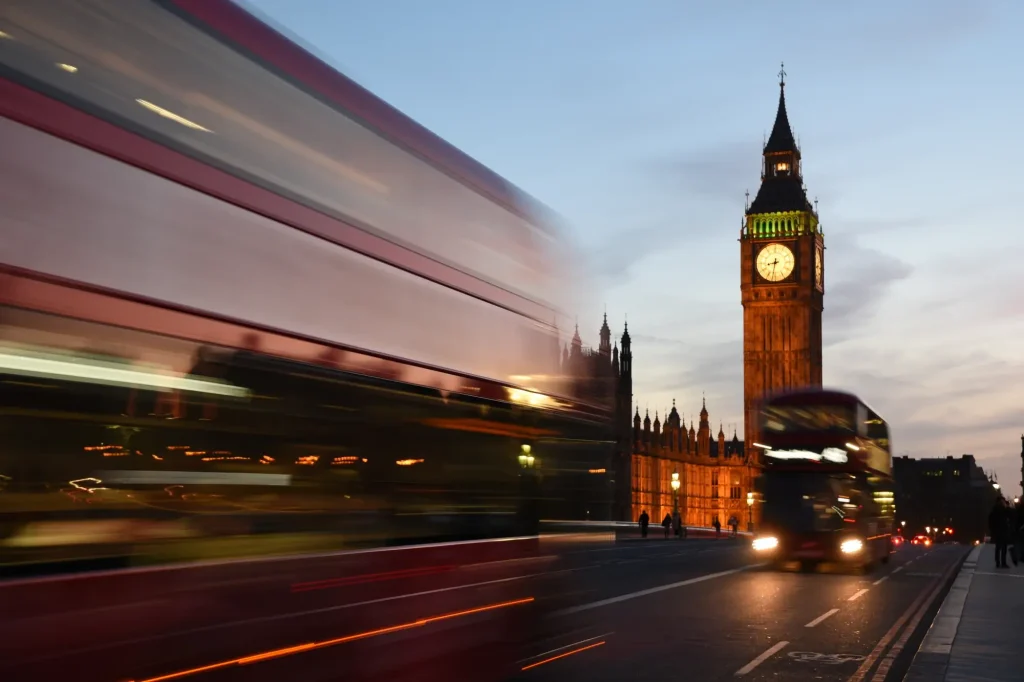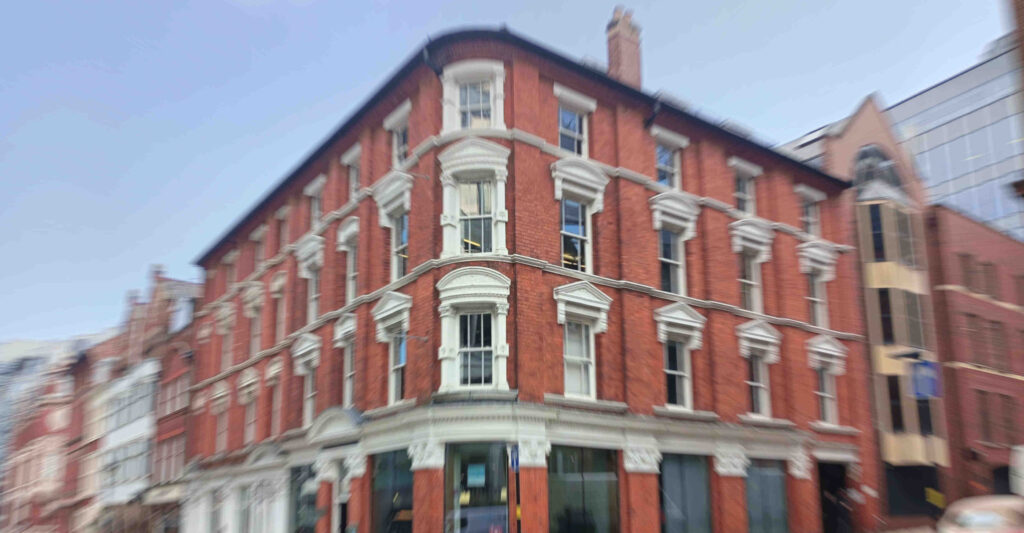As Local Authority Third-Party Spend continues to rise, we look at the impact of inflation and delve into the categories driving the biggest increases.
Oxygen Finance and EY’s Local Government Third-Party Spend 2023 Almanac has revealed that Vulnerable Citizens & Public Health and Corporate are the two categories leading a 4% increase in total third-party local authority spend in 2022 when compared to 2021.
With news about rising costs seeming to have been a constant in life for a while now, the increase in spend during 2022 will probably come as no surprise. Nor perhaps will the fact that spend in 2022 was 13% higher when compared to 2020. However, it’s important to note that inflation averaged 7.9% during 2022 and 2.5% in 2021, meaning that although council spend with third parties increased in absolute and real terms over the two-year period, it actually decreased in real terms during the last year alone.
£16bn increase in spend on Vulnerable Citizens & Public Health
Of the £73.7bn of expenditure with suppliers in 2022, Vulnerable Citizens & Public Health (VC&PH) spend accounted for £28.6bn (38.8%). Within this, Adult Social Care (£20.8bn) continues to be the highest spending sub-category and is driven higher by spend on Residential Care (£10.2bn) in particular. The £1bn increase seen in spend on VC&PH in 2022 was the biggest absolute rise in spend seen across all categories when compared to 2021.
Biggest percentage increase across all categories belongs to Corporate Spend, up 14%
At £2.5bn, Workforce-related spend accounted for over half of the £4.3bn spent on Corporate services in 2022. The 14% increase in Corporate spend in 2022 represents the biggest percentage increase seen across all categories when compared to 2021.
Other key takeaways from the Almanac include that all categories, with the exception of Professional Services and Culture & Leisure, saw an increase in third-party spend when compared to the previous year. The increase in Buildings spend was driven by a 25% increase in spend on Utilities, while it is also worth noting that increases to all but the Corporate (14%) and Civil Defence (9%) categories were lower than the rate of inflation.

How are different council types coping with inflation?
County Councils accounted for the highest proportion (26%) of total third-party spend in 2022, closely followed by Unitary Councils at 24%. London Boroughs and Metropolitan Authorities each accounted for 20%, however only Unitary Councils, London Boroughs and Combined Authorities have actually increased their three-year spending over the 11.4% inflation figure during this time.

Discussing the report findings, Ben Jackson, CEO of Oxygen Finance, said:
“It is unsurprising to see that third-party spend continues to increase in 2022; up by 4% (£3.0bn) when compared to 2021 and 13% when compared to 2020 spend. Inflation averaged 7.9% across 2022 and 2.5% in 2021, showing that spending with third parties increased in absolute and real terms over the 2-year period, but decreased in real terms in the last year alone.
“This trend and the obvious increased reliance on procured goods, services, and works highlights once again the central, pivotal role of procurement and commissioning in local government.”
The Local Authority Third-Party Spend Almanac for 2023, produced in collaboration with EY, offers a view of expenditure and Carbon emission data across Local Government in England. Oxygen Finance and EY encourage local authorities to use the Almanac to compare and contrast spend and apply learnings to support collaboration.
Download your copy of the Local Authority Third-Party Spend Almanac 2023.




